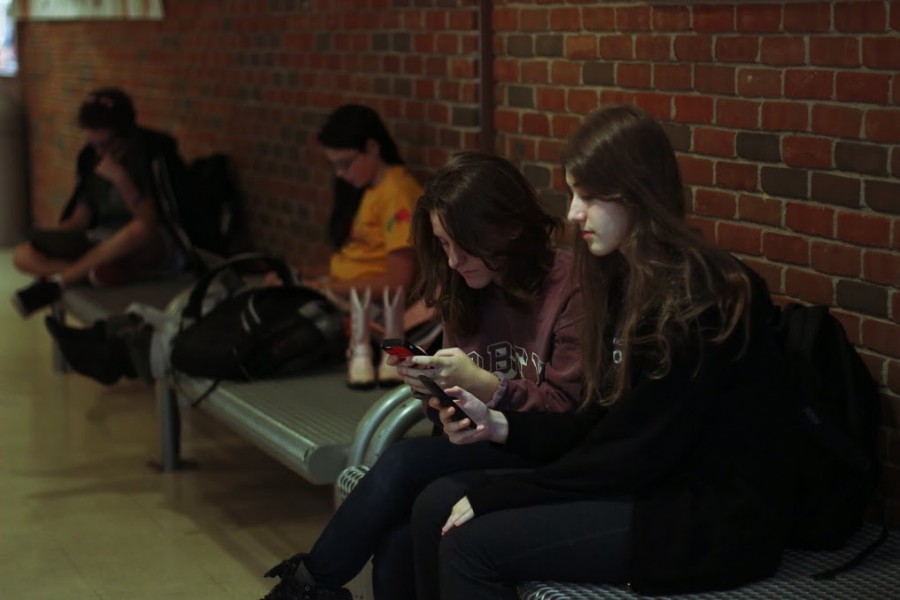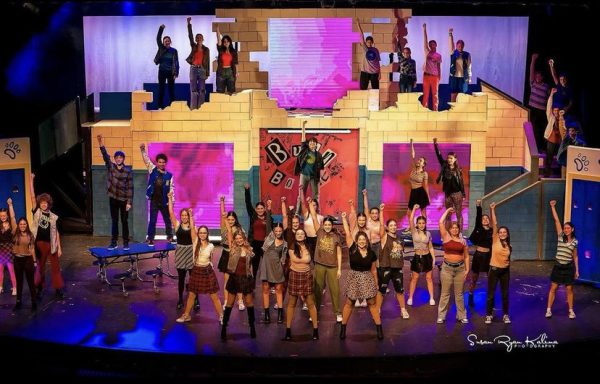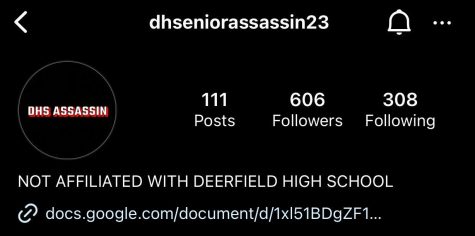The 24-hour school day
The plagues of a Google-centric school
A CONSTANT MONITOR: Available on both smart phones and computer, students are constantly bombarded with notifications and alerts.
It is 3:14 p.m., and I’ve been at it all day, crunching numbers in math class, drafting English essays and exploring the human mind in Psychology. I have only been on my feet since my groggy-eyed walk to the shower this morning at 6:35, but my exhausted body feels more like I have been running a marathon for 10 straight days. All I want is the comfort of my home; the inviting sheets of my bed and the calming buzz of my iTunes library–of course, with hours of homework sprinkled in. Eventually, I turn to my clock. It is 10:00 p.m., and I call it a night. That is the day I know; a ritual that I have stuck to for years.
Now, in my last year of high school, the routine is thrown up in the air. School is a 24-hour event. This switch has been set in motion by the increased utilization of Google Plus in school. I call it a “Google-centric education,” and I am not jumping on board.
Let me explain: Google Plus is a social media platform developed by the software giant we all know and love. It is designed to facilitate interactive communities of people who share common interests. According to Google, the social media network has racked up 91 million users. Of course, the same customizable profile present in other social mediums is present here. So why is it entering schools?
Theoretically, Google Plus is a cool way to approach education. It allows for more convenient access to the material we learn in class. It encourages communication and fosters collaboration. Although still relatively young, the program has been adopted by college professors across the nation. Indeed, Google Plus benefits large lecture classes; hundreds of students, sporadic class schedules and limited office hours could be combated by the ever present Google Plus community.
That’s all fine and well in a college course, but there’s a clear dissonance between those results and the results of Google Plus in a high school classroom. For the latter, it’s simply not necessary. High school courses meet a majority of the week days, and class sizes don’t exceed 30 students here at DHS. A more collective learning experience is better suited for college environments. For now, the classroom experience should still revolve around interpersonal communication and development of a student’s critical thinking. These skills are hindered by the addition of the Google Community. Most of the emotional cues that exist in face-to-face conversation don’t carry over through technology, so fewer students are learning how to carry on a proper conversation. In his article “The Effect Of Technology on Relationships,” Dr. Alex Lickerman claims, “The Internet is an amazing tool. But even as it’s shrunk the world and brought us closer together, it’s threatened to push us further apart.” This was not the intended result of Google Plus, but it is a serious consequence.
The community is more or less a requirement. In one of my classes, a percentage of my grade comes from participation in the Google community. Once students join, they are at the teacher’s will. The page can be accessed, viewed and modified at any time.
10:00 p.m. no longer marks the end of my academic day. Instead, I am responsible for tending to my electronic classroom. The result of optimizing curriculum into a Google Plus community is an endless extension of class. This strays from the clarity and definition that a traditional classroom experience can bring. I want clarity. I want to know what my homework is when I leave class, not hours after. It’s not only task-oriented students like me who feel this way; many students feel uneasy that teachers can post additional homework at any time.
Now multiply that by eight. It’s not just one extended class; it’s an entire day’s worth. If it is challenging to balance multiple classes during the school day, it becomes exponentially harder to do this around the clock. The last thing I expect, or want, to see as I sit down to a family dinner is nine Google Plus notifications. According to Educational Technology & Mobile Learning’s “10 Google Plus Communities Every Teacher Should Know About”, “Teachers will be able to control when and how to be contacted when new content is posted. They can select among three ways either by using browser notification, email or text message or all of the three.” Overwhelming notifications remind me that I am simply not accustomed to this type of digital learning.
I find myself wondering why class is losing its physical anchors. Distributing material in class is not a broken system. It still works, and in my opinion, it works far more effectively for cognition and comprehension. Putting physical papers in a binder helps me remember my assignments and eases the study process come test time. Digging through online folders to retrieve handouts further decreases organization and consistency in the classroom setting.
I urge teachers to remember the value of in-class learning. The occasional video or article is okay to pass along electronically; in fact, that is a potentially productive relationship. What we need to remember is that there cannot be two separate curriculums, one online and one in class. If we can accomplish this, maybe there is hope for my routine. By the time 10:30 p.m. rolls around, I hope to be asleep. Instead of perusing Google Plus, I should be re-energizing so I can wake up tomorrow and complete my routine again.






